The first meeting between US Secretary of State Marco Rubio and his Russian counterpart Sergei Lavrov lasted more than four hours at Diriyah Palace in Riyadh, Saudi Arabia on February 18 and achieved some initial key results...
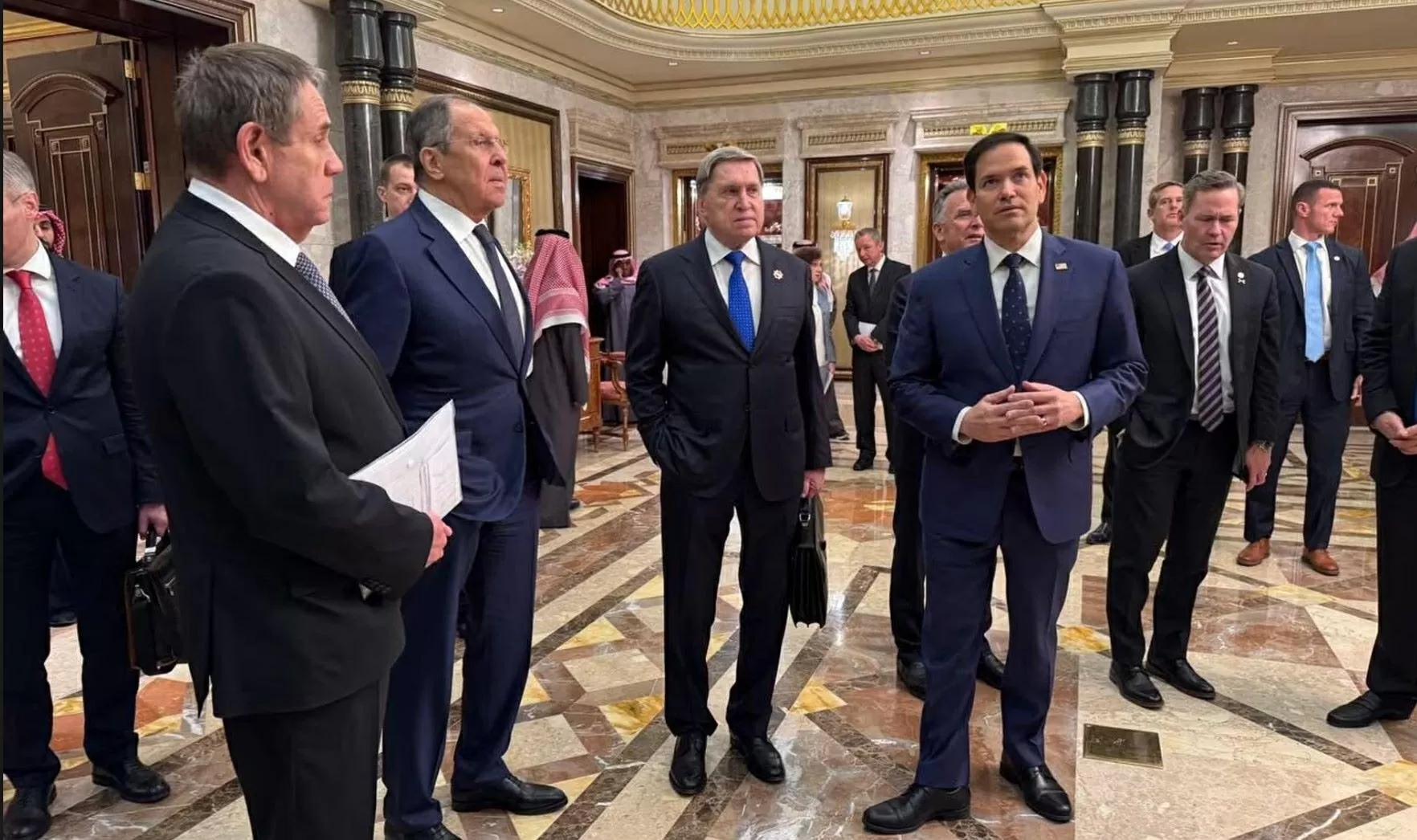 |
| Russian Foreign Minister Sergey Lavrov and his US counterpart Marco Rubio after their meeting at Diriyah Palace in Riyadh, Saudi Arabia, on February 18. (Source: EPA) |
Breakthrough after three years of war
The meeting comes amid a three-year conflict in Ukraine that has left both Russia and the West at a stalemate, with hundreds of thousands of soldiers dead and the economies of many countries severely affected.
The main goal of the meeting was to find a viable solution to end the conflict and open up opportunities for cooperation between Washington and Moscow in a volatile geopolitical context. At the end of the negotiations, the two sides agreed on four important principles, considered the foundation for the future peace process.
First, the United States and Russia pledged to restore full diplomatic operations in Washington and Moscow, creating favorable conditions for direct dialogue. This is considered an important step to rebuild trust and pave the way for further negotiations.
Second, the two sides agreed to establish a high-level negotiating team to continue negotiations on the terms of ending the war. This team will include diplomatic, military and economic officials from both sides, with the aim of ensuring a sustainable and lasting peace process.
Third, the United States and Russia will begin discussions on the possibility of post-war geopolitical and economic cooperation. This opens up the prospect of bilateral cooperation in a number of strategic areas, from energy and trade to regional security issues.
Fourth, the two countries are committed to maintaining a regular dialogue mechanism to ensure that the agreements reached do not stagnate. This means that senior officials from both sides will continue to meet periodically to monitor progress and resolve any disagreements that arise.
Reaction from Ukraine and the EU: Discontent and concern
The Riyadh meeting broke a three-year stalemate in US-Russia relations. Previous talks had collapsed over Russia’s insistence on holding on to its occupied territories, while the US and the West objected to further Ukrainian losses. This time, however, Washington appeared to be more flexible in its stance, prioritizing peace over insisting on rigid conditions.
However, the fact that Ukraine and the European Union (EU) were not invited to the meeting has caused a backlash from Kiev and Brussels. Ukrainian President Volodymyr Zelensky said his government had “no knowledge” of the talks and stressed that Ukraine would not accept any agreement without Kiev’s direct participation.
On the EU side, European leaders expressed frustration at being left out of a negotiation that could shape the region’s future. They worry that Washington could reach a deal with Moscow that does not take into account European interests, especially as the United States tends to focus more on its own strategic interests under President Donald Trump.
Despite opposition from Ukraine and the EU, the meeting could have some important benefits for all parties involved. For the United States, moving closer to a peace settlement could ease the financial and political burden of the war and open up opportunities for cooperation with Russia. For Moscow, the deal could allow it to maintain control over occupied territories while easing the pressure of economic sanctions.
For Ukraine, although not directly involved in the negotiations, a clear peace roadmap could help the country minimize its losses and focus on rebuilding. The EU could also benefit from a more stable security environment, reducing the risk of conflict spilling over into Eastern Europe.
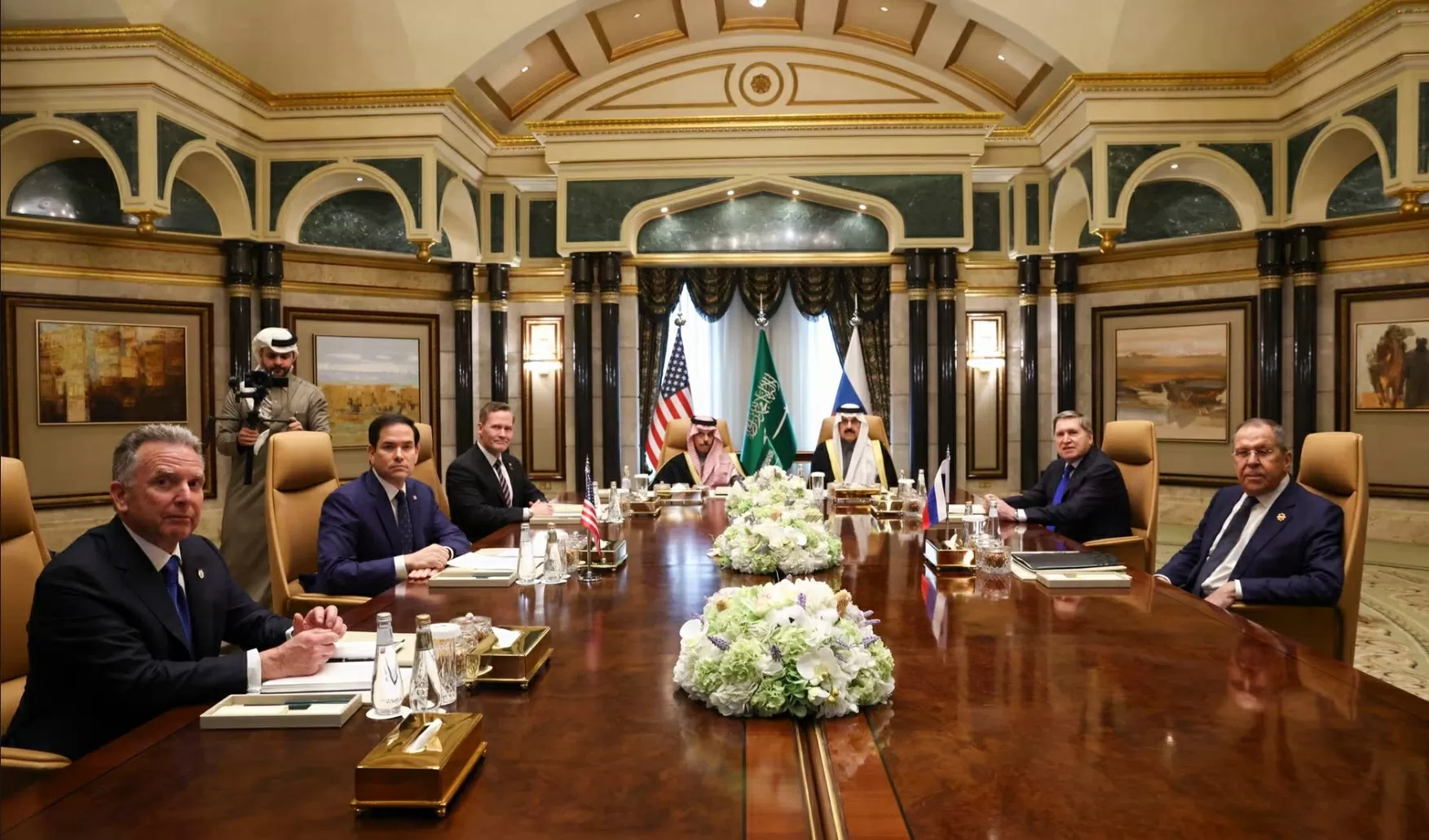 |
| US Secretary of State Marco Rubio and his Russian counterpart Sergei Lavrov with Saudi Arabia's Foreign Minister Prince Faisal bin Farhan Al Saud and members of the Russian and US delegations at Diriyah Palace in Riyadh, Saudi Arabia during a meeting on February 18. (Source: theguardian) |
Challenges to the peace process
However, the peace process still faces many challenges. First, Russia’s stance on territory remains unchanged. Moscow continues to demand that Ukraine recognize Russian sovereignty over Crimea and the occupied territories, something Kiev is unlikely to accept.
Second, strong opposition from Ukraine and the EU could undermine the legitimacy of any agreement reached between the US and Russia. If Kiev and Brussels are not brought to the table, they could seek to derail the peace process by continuing military aid or increasing sanctions against Moscow.
Third, President Trump remains an unpredictable factor in this process. He has a history of making abrupt changes in foreign policy, and there is no guarantee that he will persist in pursuing a peace deal if he faces negative domestic backlash.
Finally, the situation on the ground continues to evolve. While negotiations are underway, fighting continues to rage in eastern Ukraine, which could undermine any progress made at the negotiating table.
Overall, the Riyadh meeting was an important milestone in the peace process, but the road ahead remains challenging. If the US and Russia can reach a preliminary agreement and convince Ukraine and the EU to join the negotiations, peace could become a reality. On the other hand, if the parties fail to find common ground, the war could drag on for years, with dire consequences for Ukraine, Europe, and the global economy.
*Consul General of Vietnam in San Francisco (USA), Former Director of the Institute for Strategic Studies, Diplomatic Academy.
Source: https://baoquocte.vn/cuoc-gap-nga-my-o-riyadh-va-nhung-buoc-tien-then-chot-304835.html








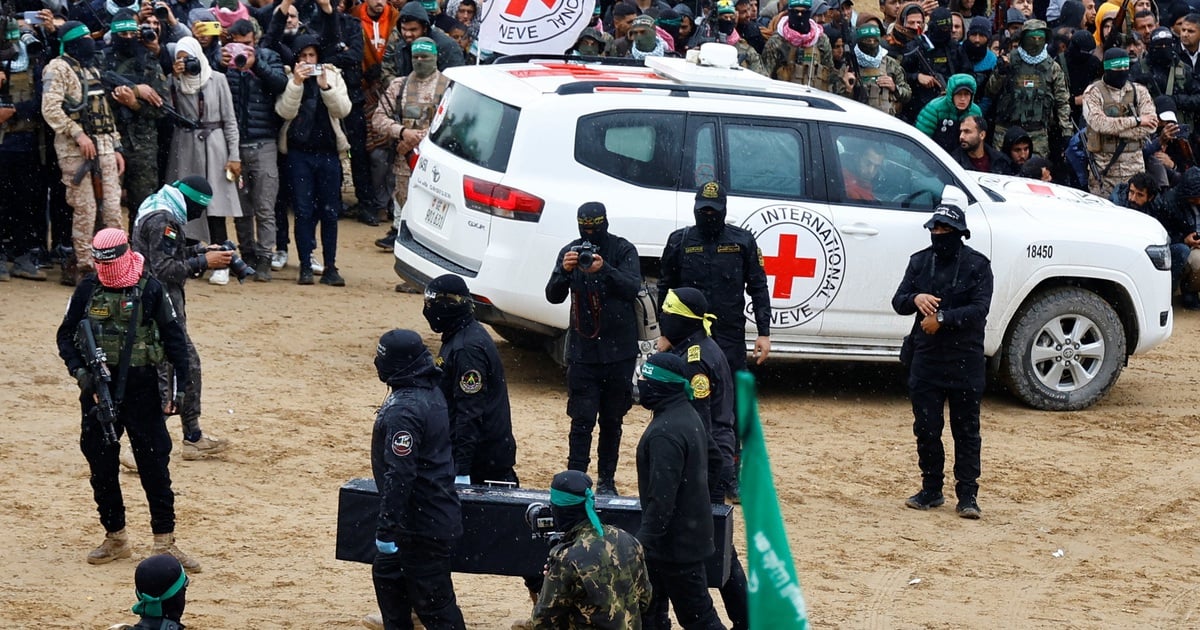

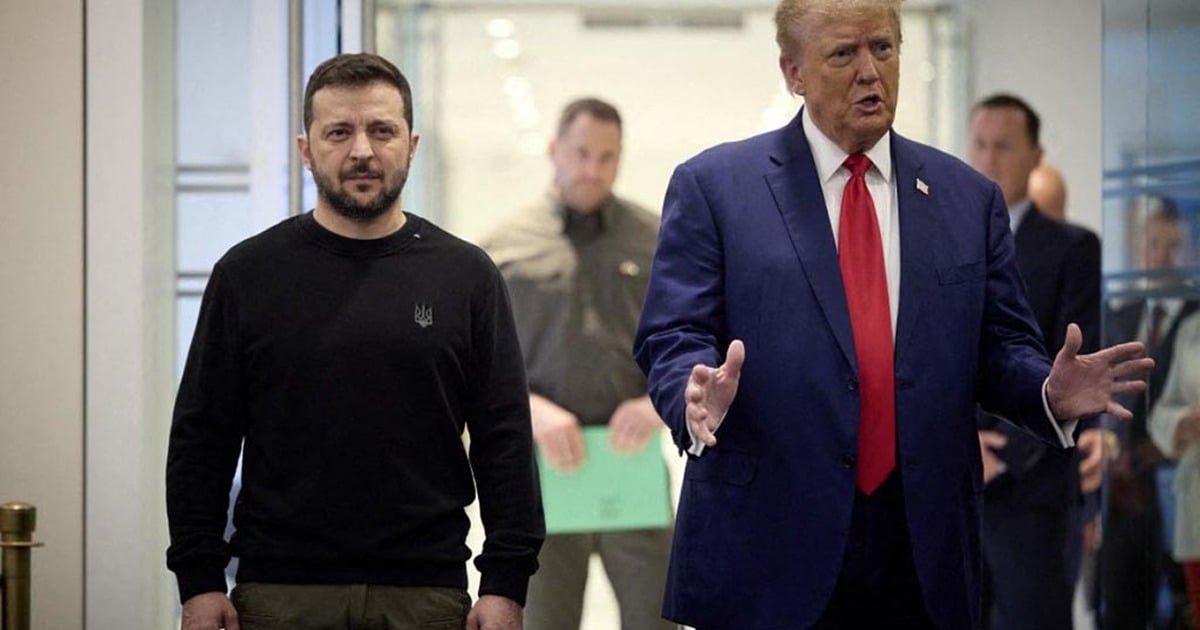
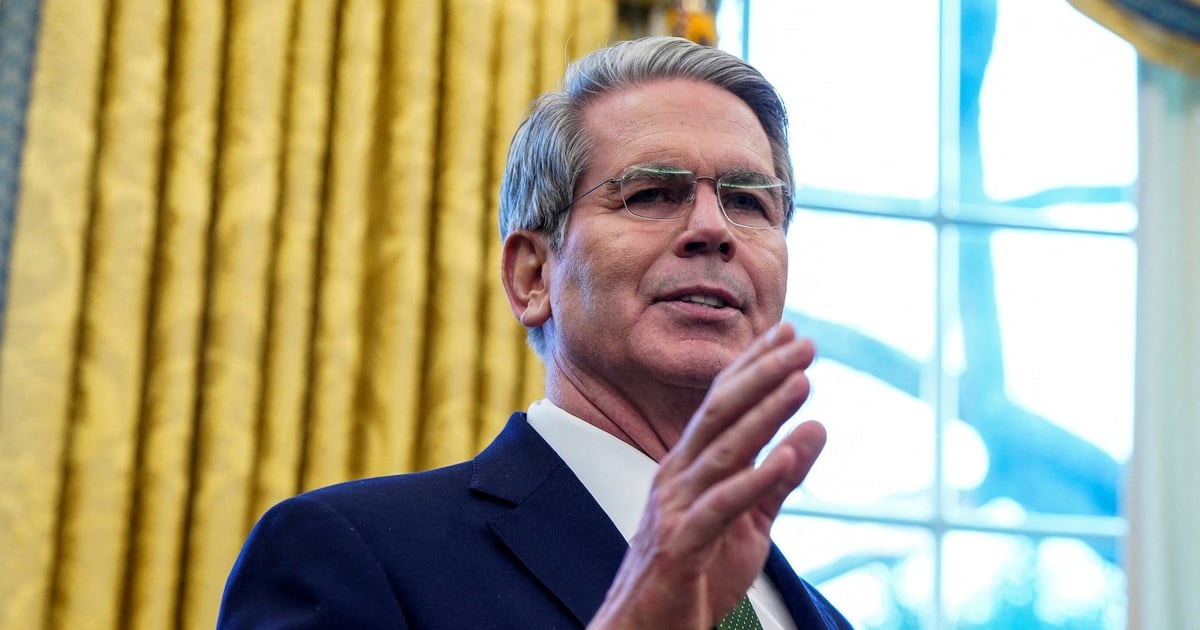
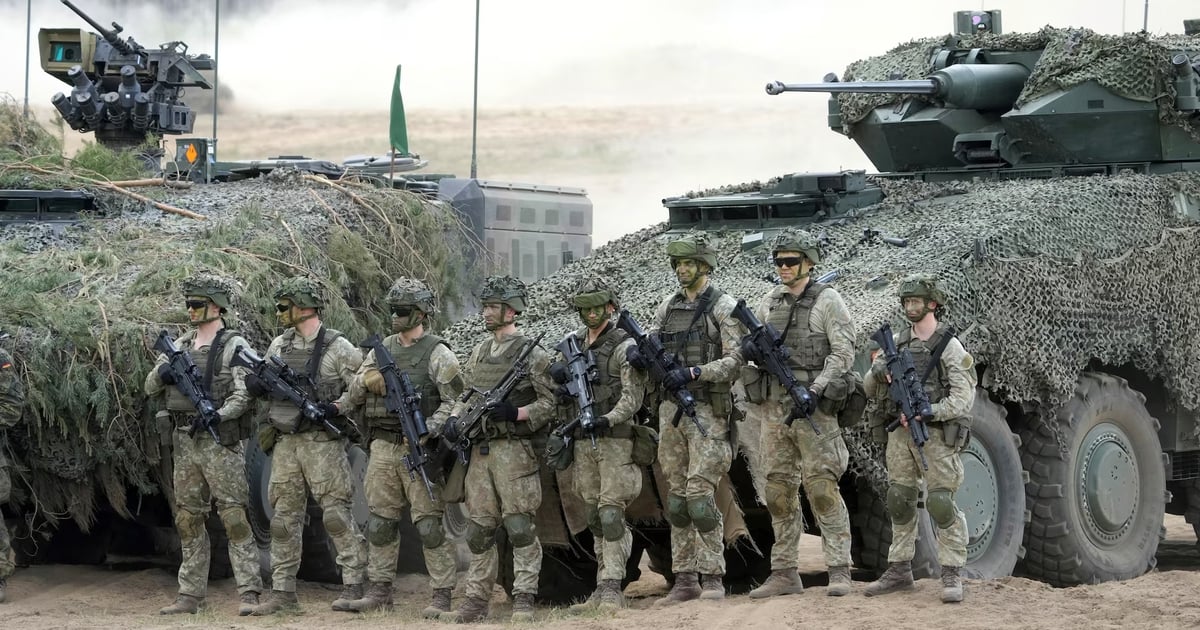
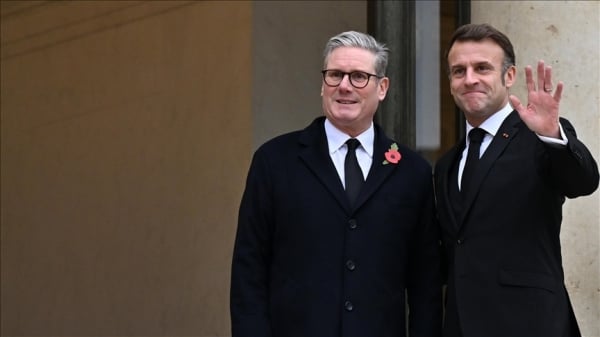
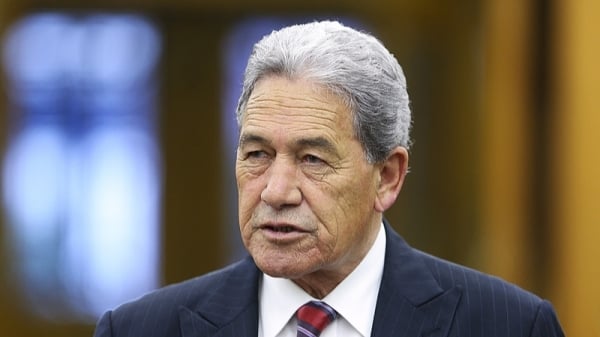
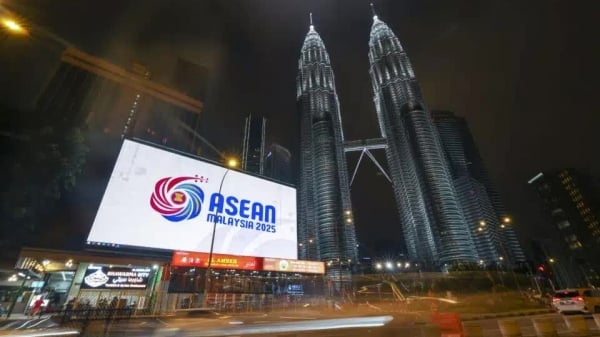
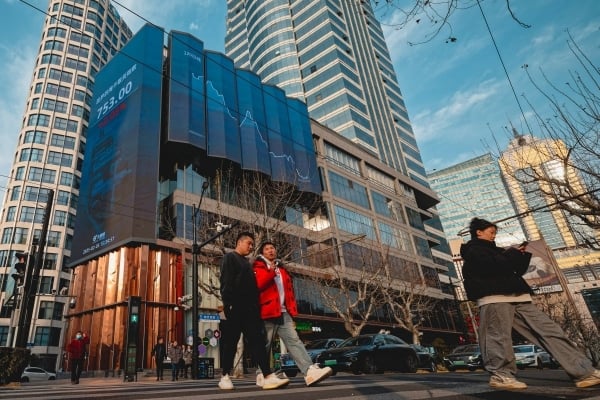



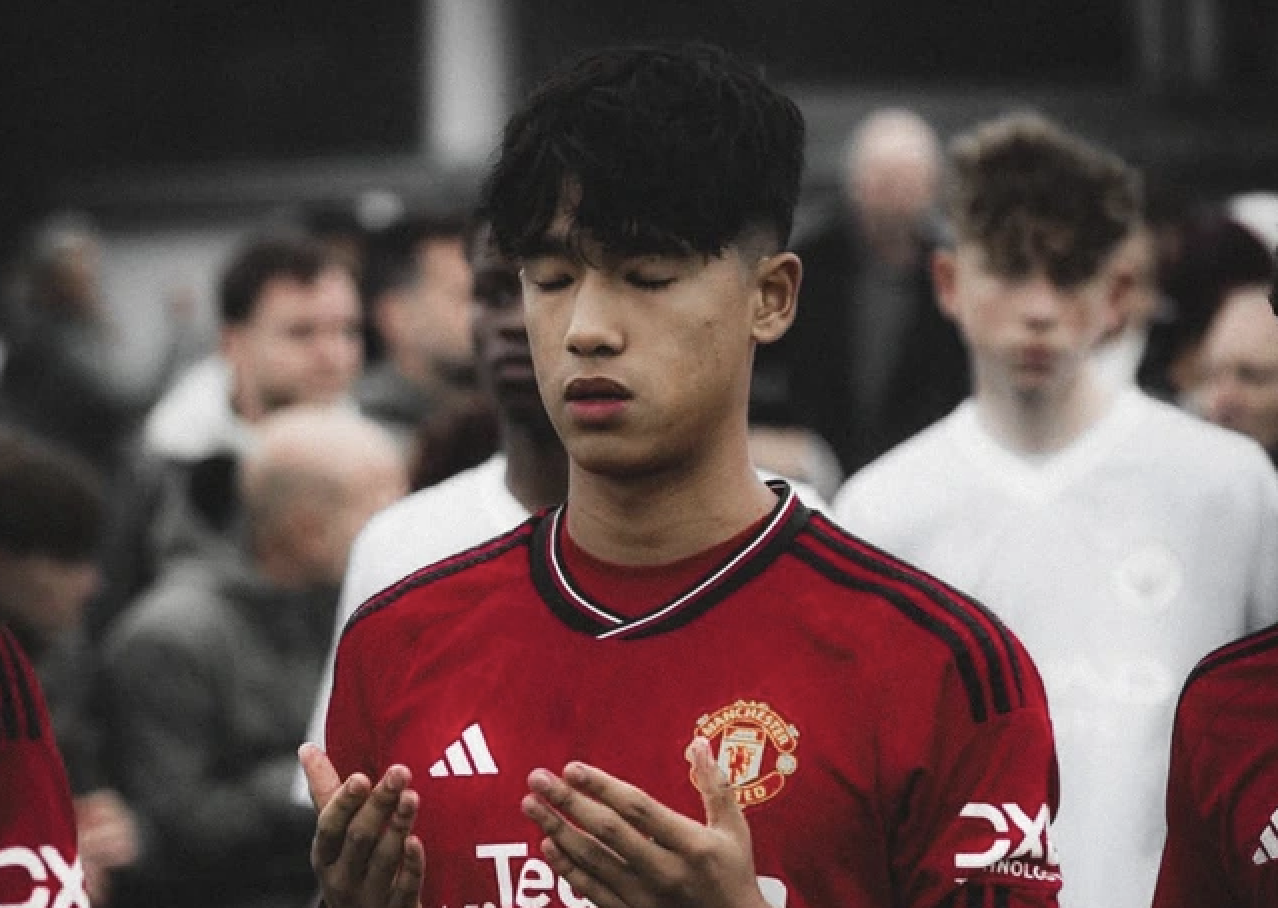








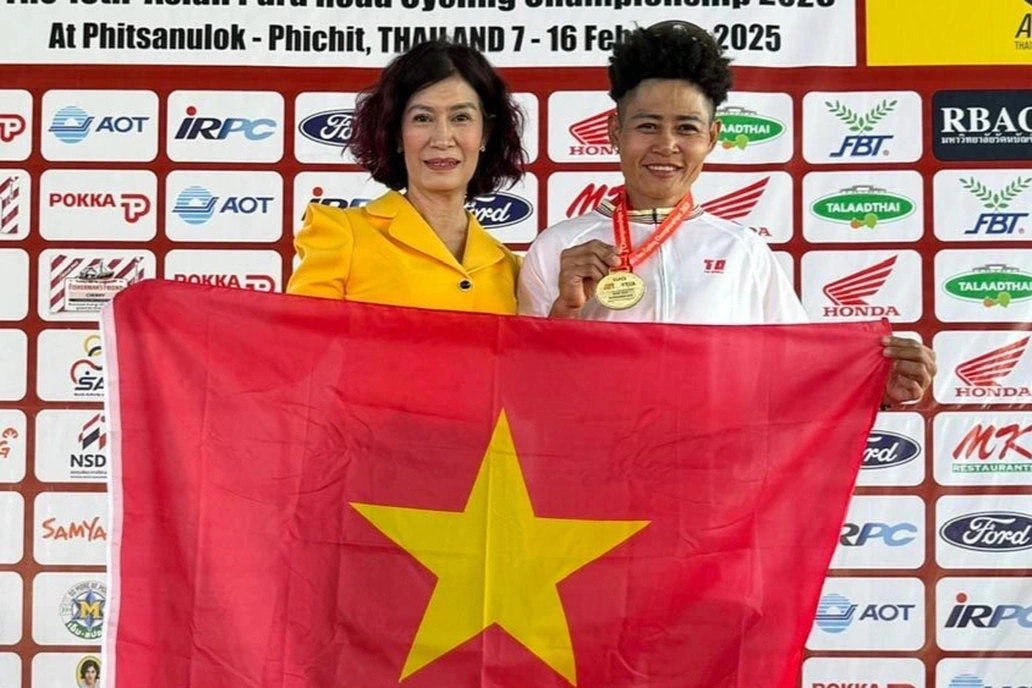

Comment (0)